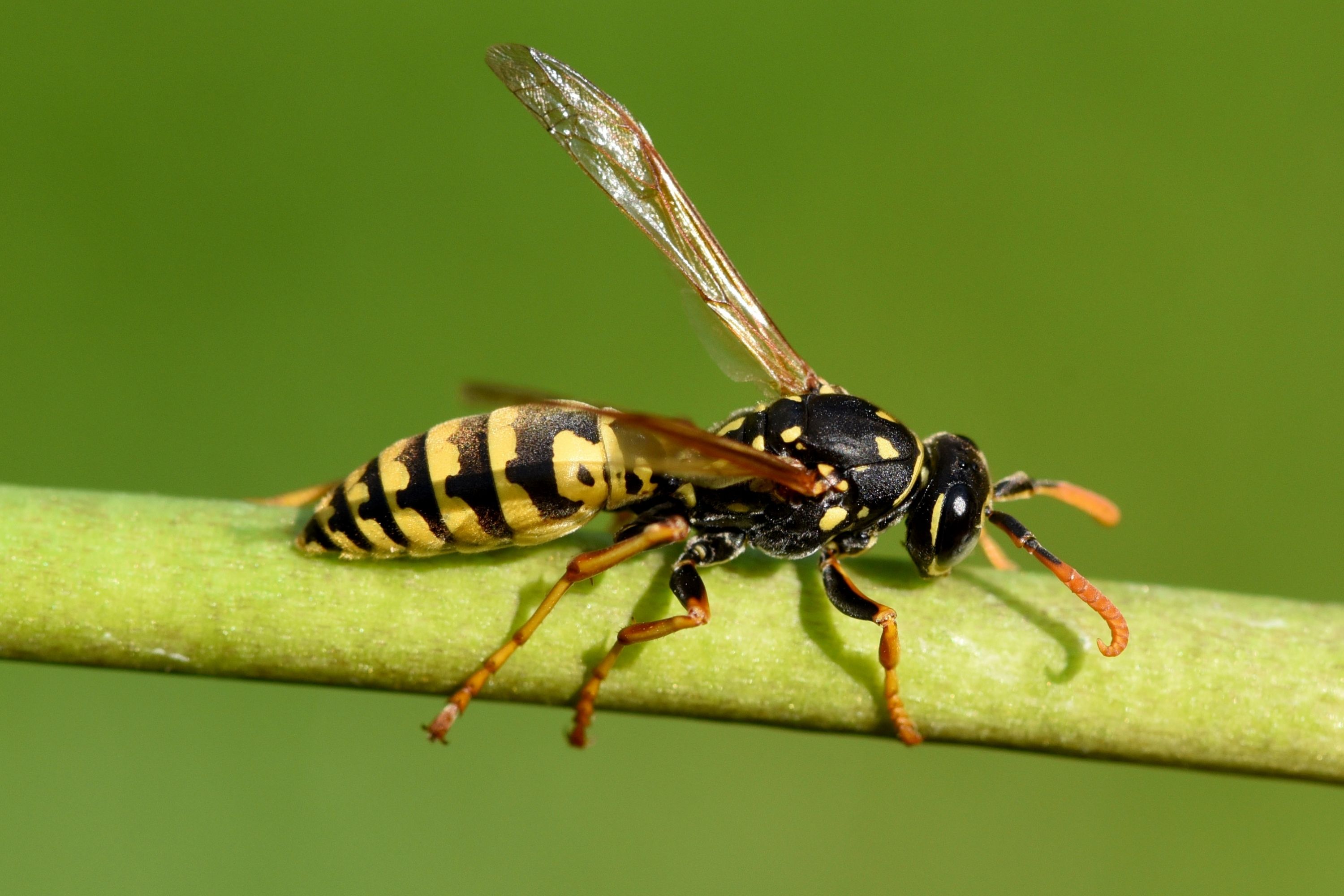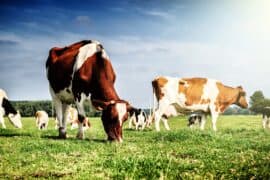German wasp
(Vespula germanica)

Description
Vespula germanica (European wasp, German wasp, or German yellowjacket) is a species of wasp found in much of the Northern Hemisphere, native to Europe, Northern Africa, and temperate Asia. It has spread and become well-established in many other places, including North America, South America (Argentina and Chile), Australia, South Africa, and New Zealand. German wasps are part of the family Vespidae and are sometimes mistakenly referred to as paper wasps because they build grey paper nests, although strictly speaking, paper wasps are part of the subfamily Polistinae. In North America, they are also known as yellowjackets. The German wasp is about 13 mm (0.5 in) long,and has typical wasp colours of black and yellow. It is very similar to the common wasp (V. vulgaris), but unlike the common wasp, has three tiny black dots on the clypeus. To further complicate the issue this only applies to workers. It is best practice to first work out if your wasp is a worker, queen or drone before separating it into vulgaris vs germanica. Gastral pattern (the black dots or marks on the abdomen) are highly variable and not good characteristics to use in identifying. However, the identification of a wasp as V. vulgaris may be difficult because the normally unbroken black mark on its clypeus can sometimes appear broken (particularly males) making it look extremely similar to V. germanica. V. germanica originated in Europe, Asia, and North Africa and can now be found in sections of every continent but Antarctica. It has established populations in North America, South America, South Africa, New Zealand, and Australia. German yellowjackets are known to be especially successful and destructive invaders of new territories. These wasps are polyphagous predators which feed on native arthropods, and because they are able to outdo many other animals for food, they have caused considerable harm to the indigenous wildlife of areas which they have invaded. For a given year, V. germanica disperses at distances of no more than 1000 m, so that their rapid dispersal is likely to be aided by accidental human transport of hibernating queens. This normally leads to a bottleneck effect during the establishment of new populations, which explains the significant genetic differentiation often found among geographically distant populations.
Taxonomic tree:







